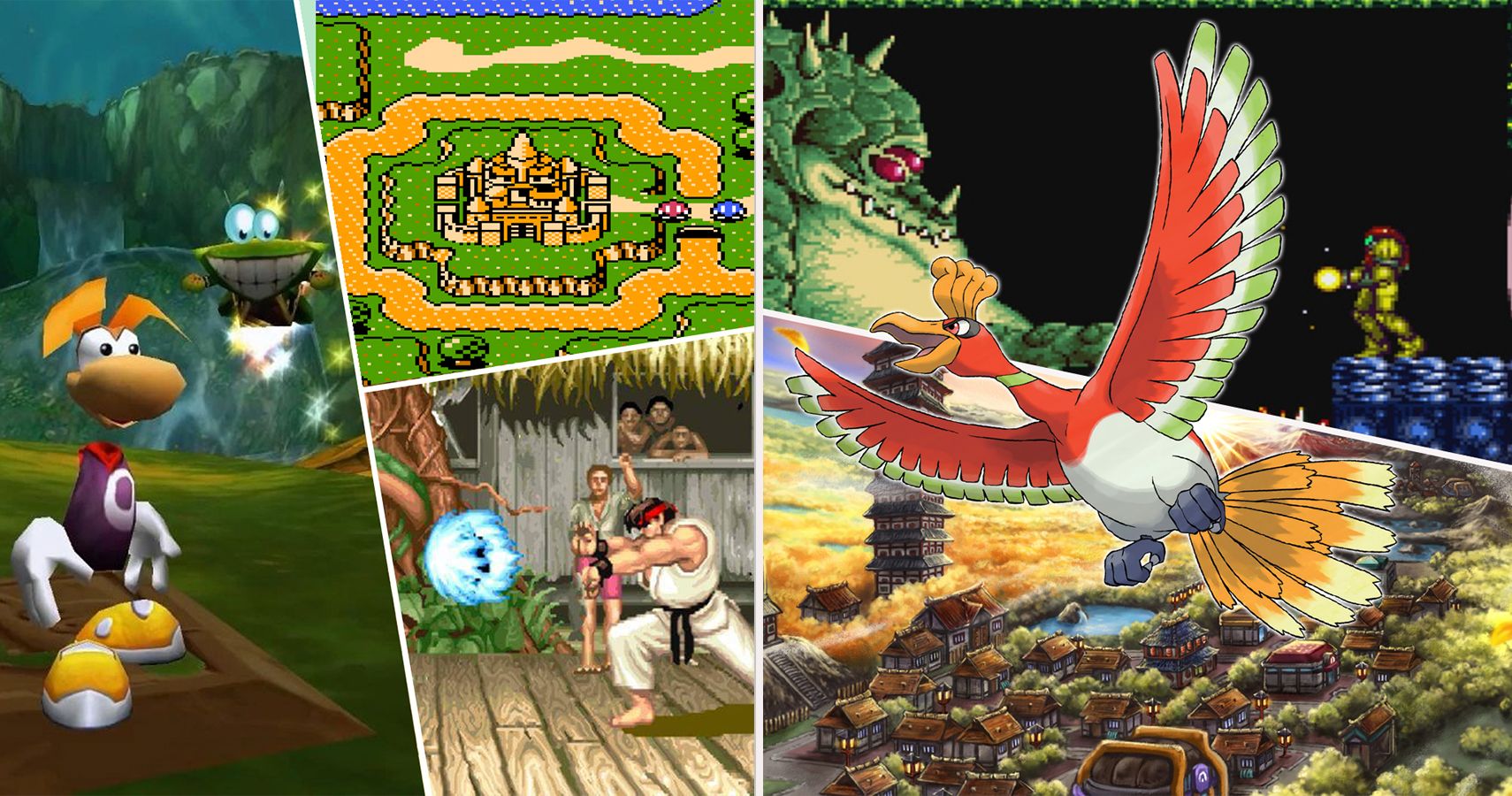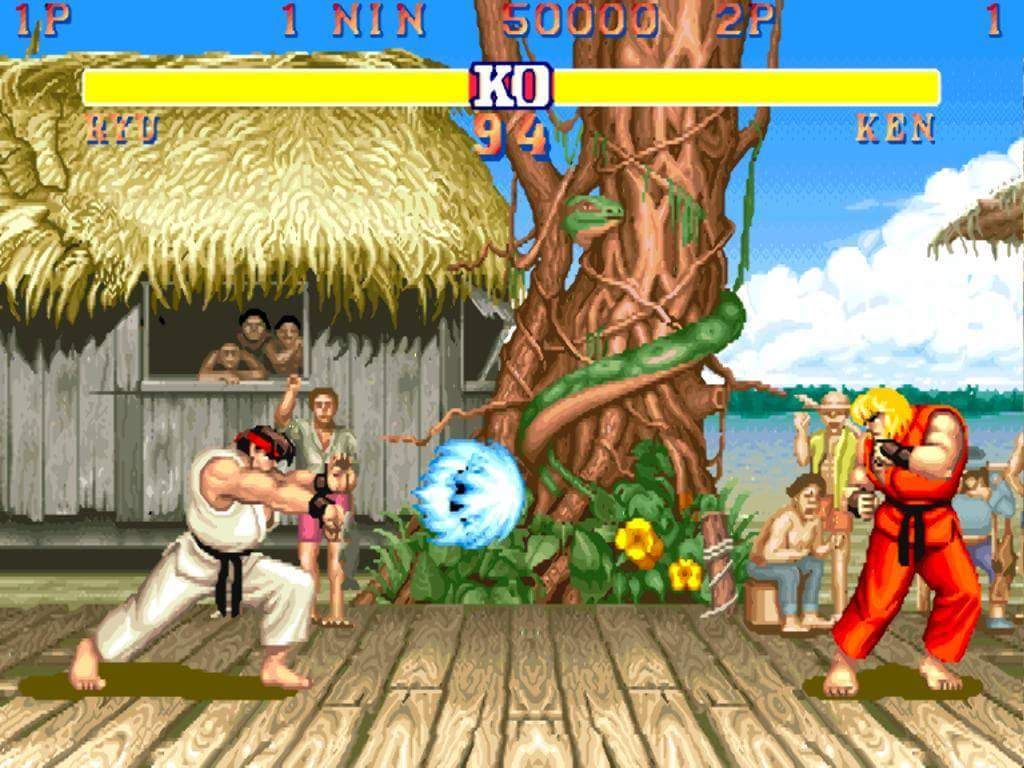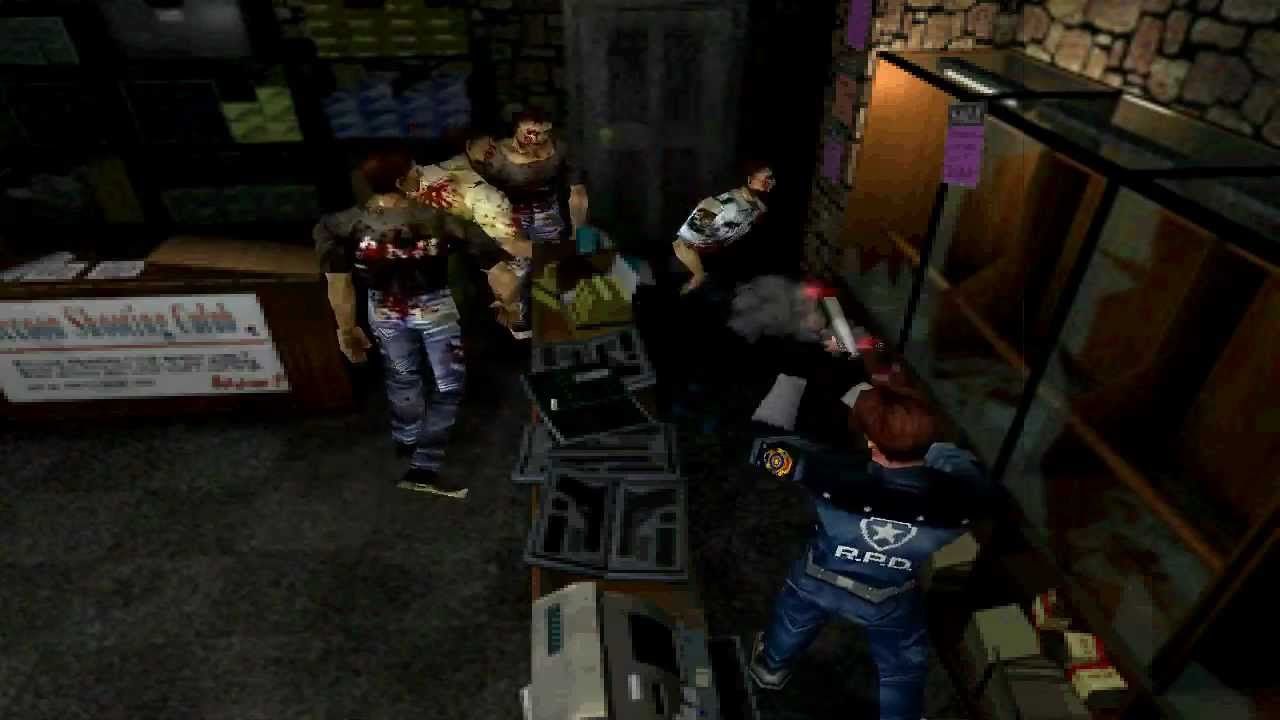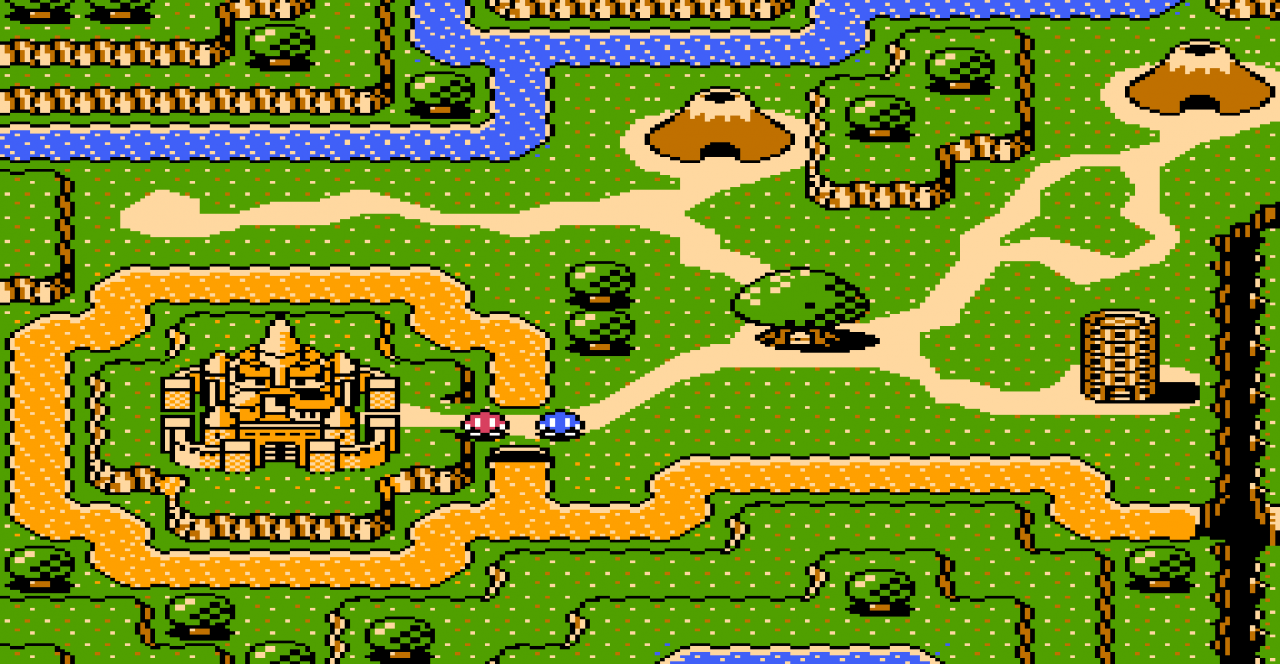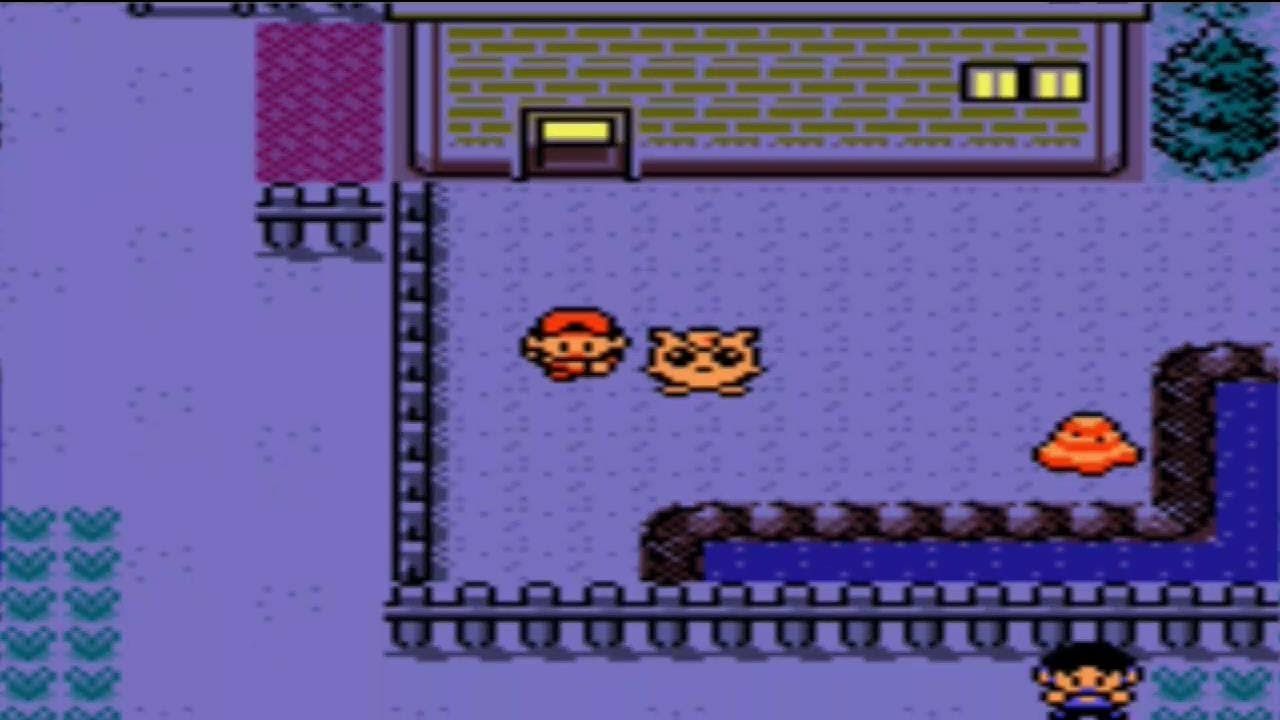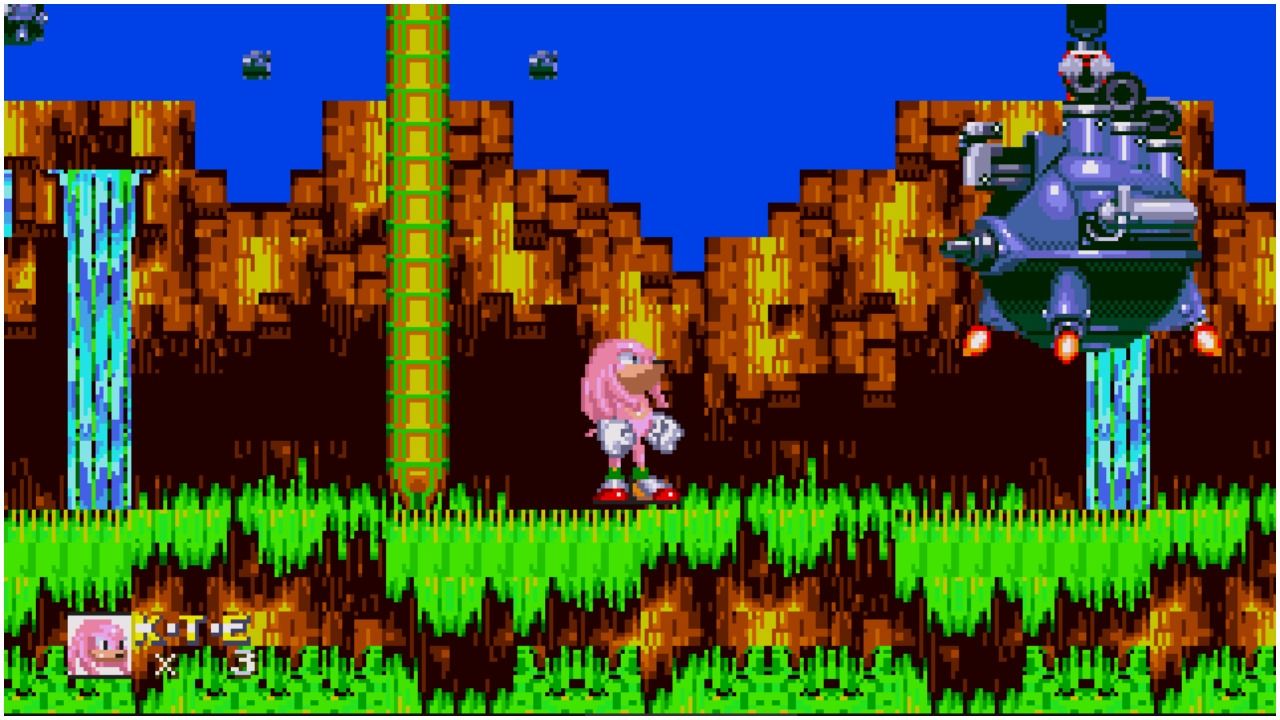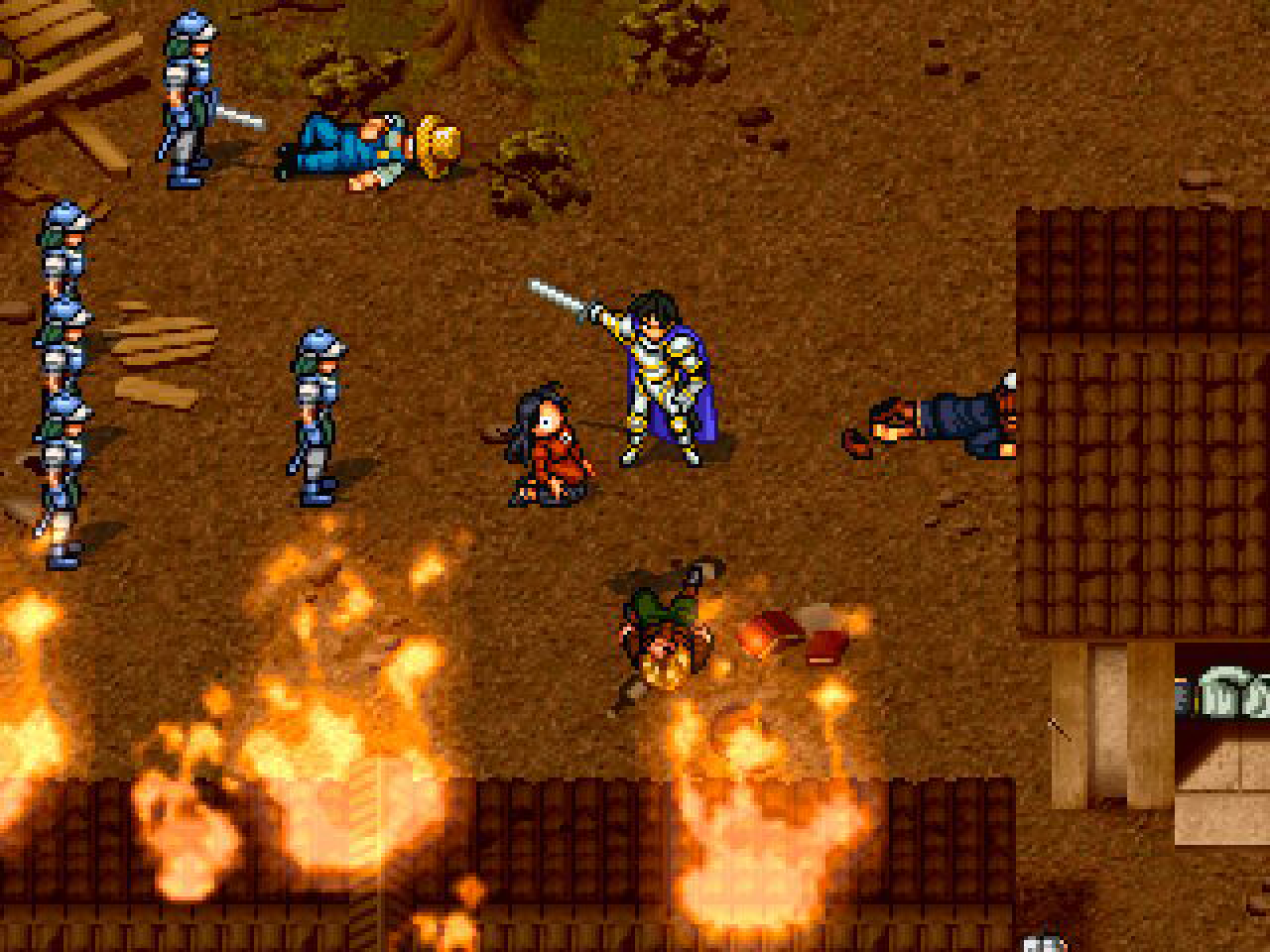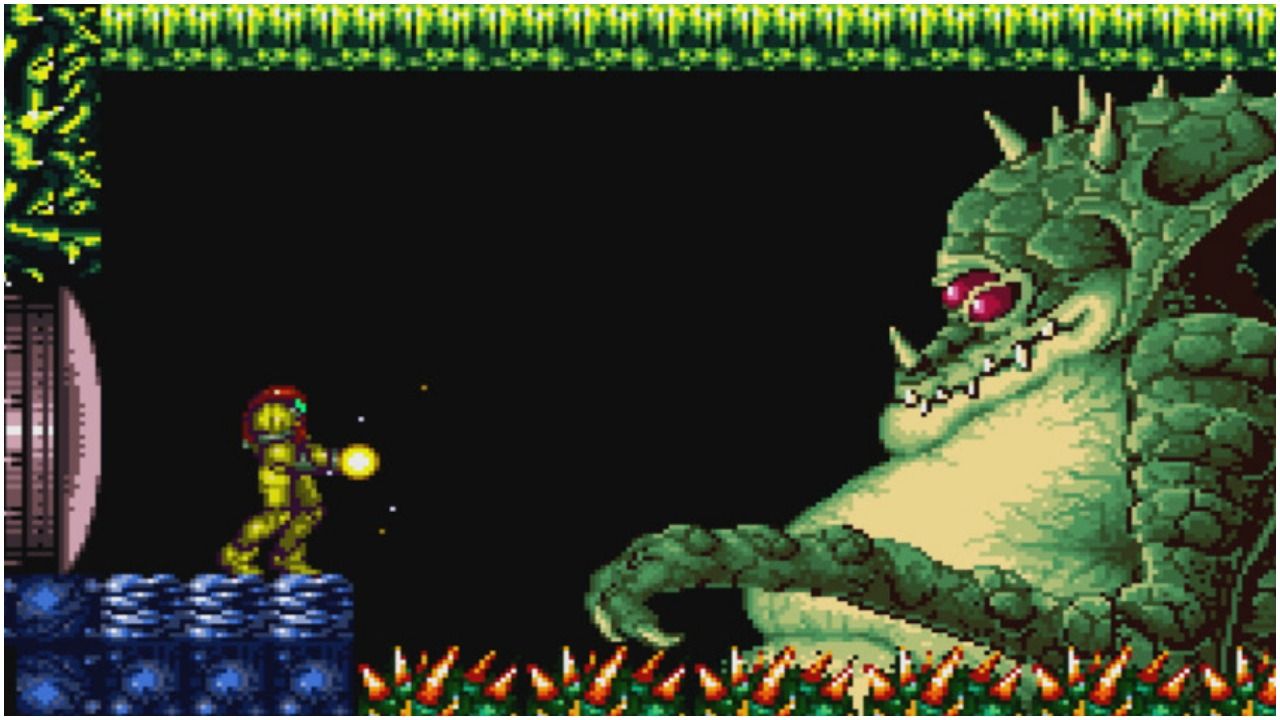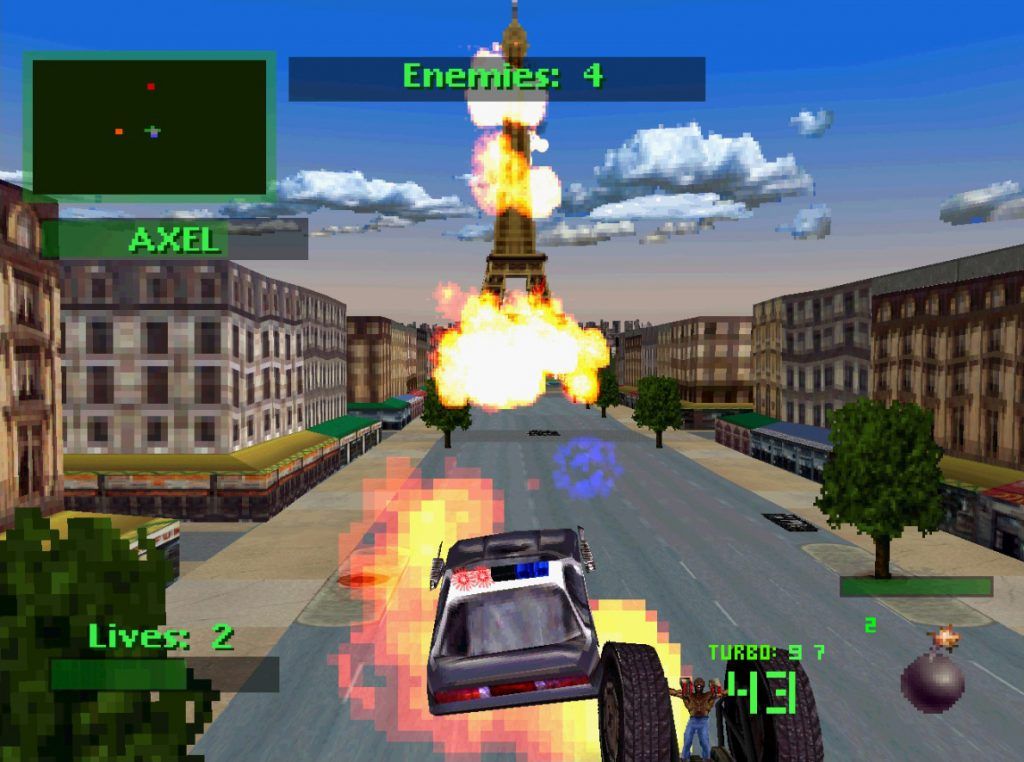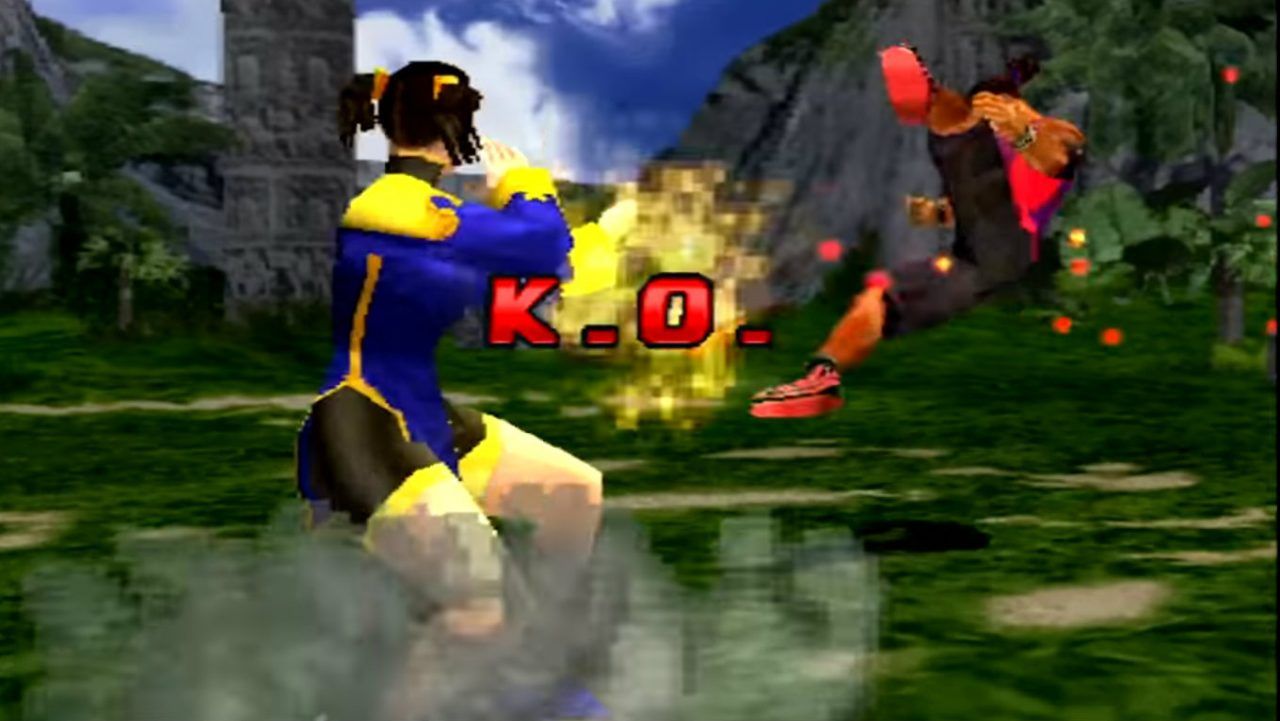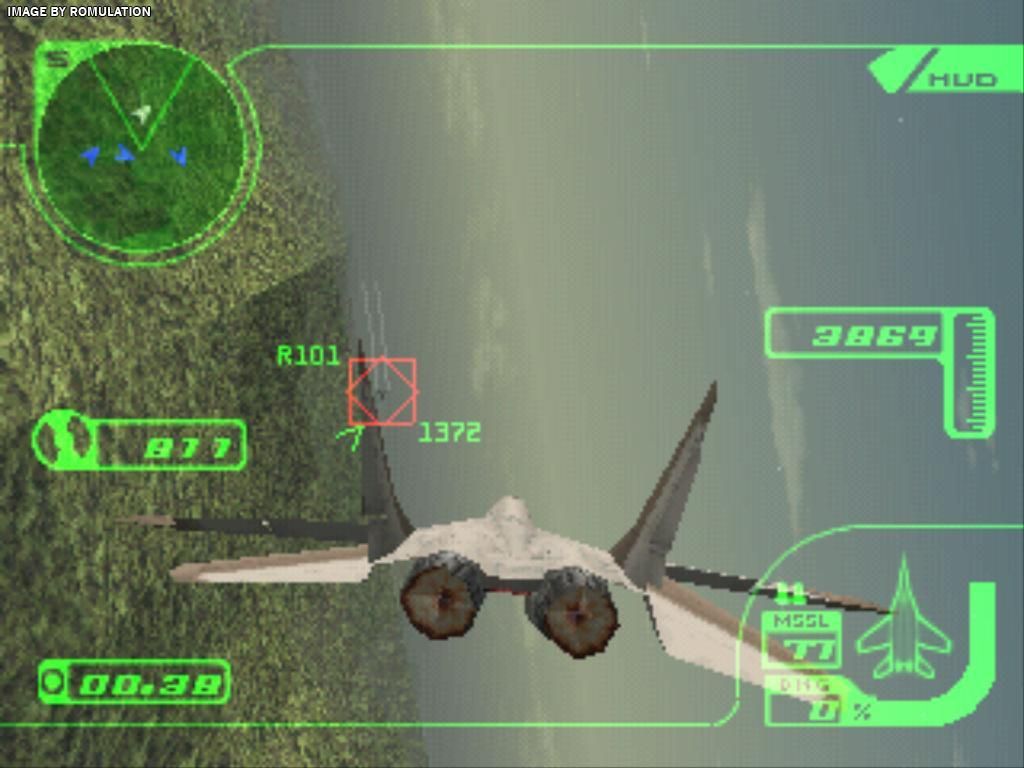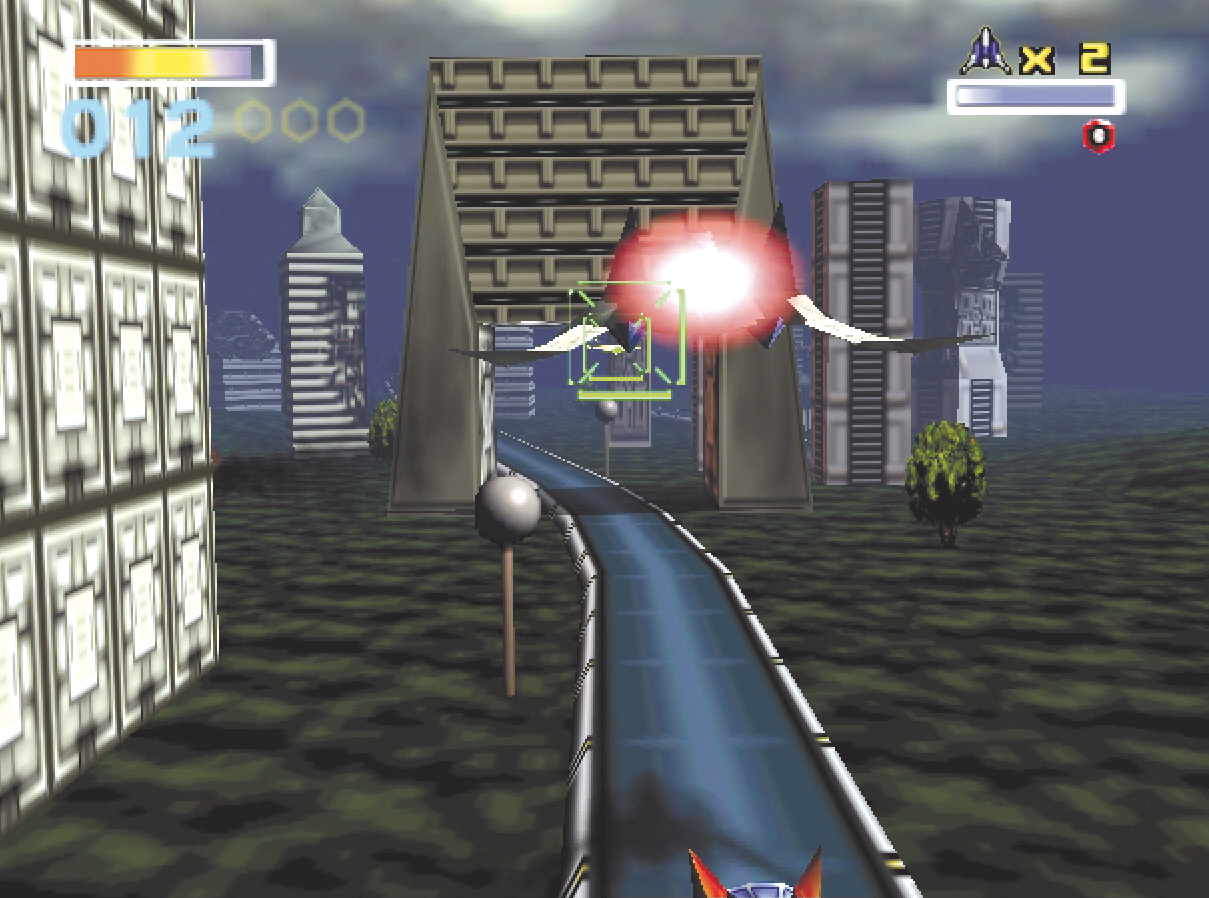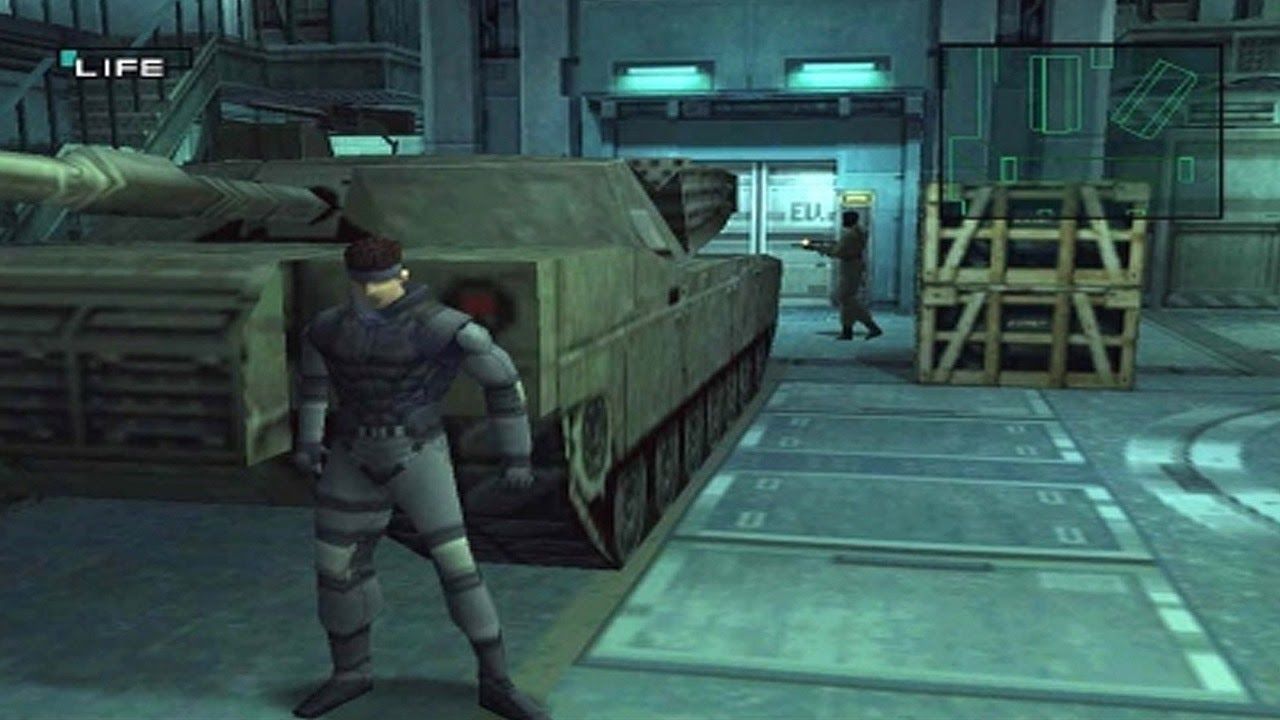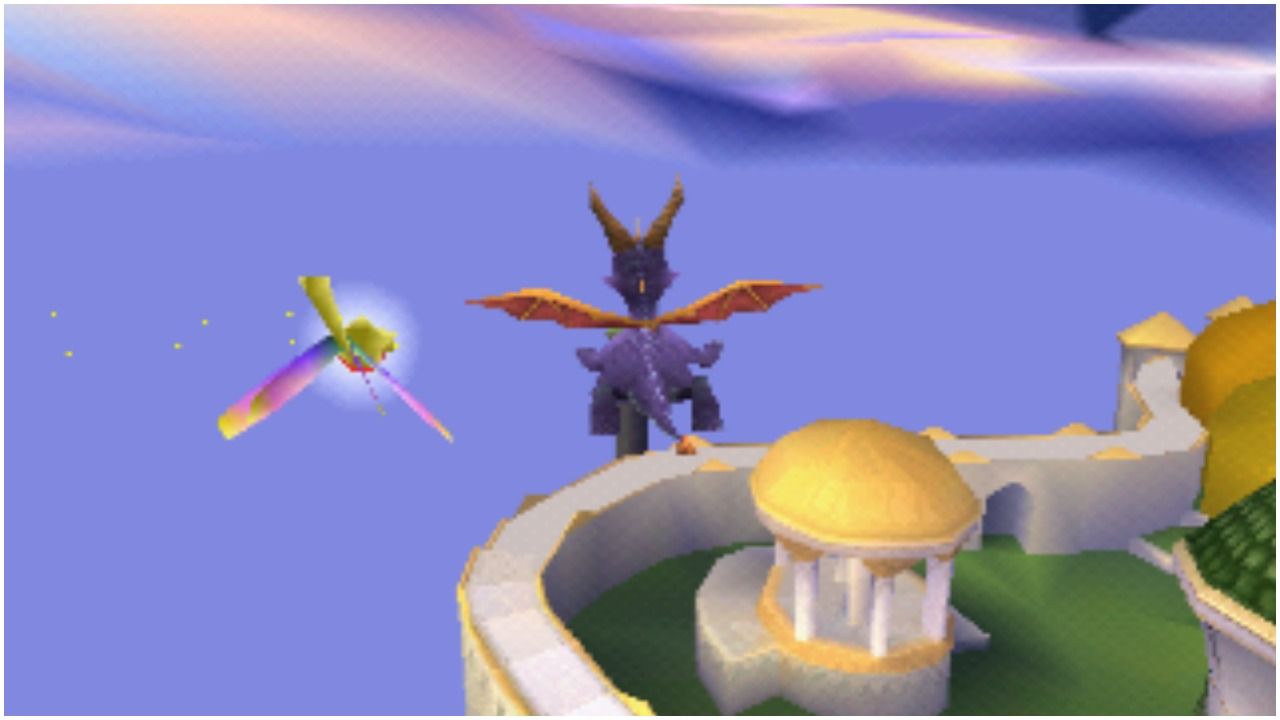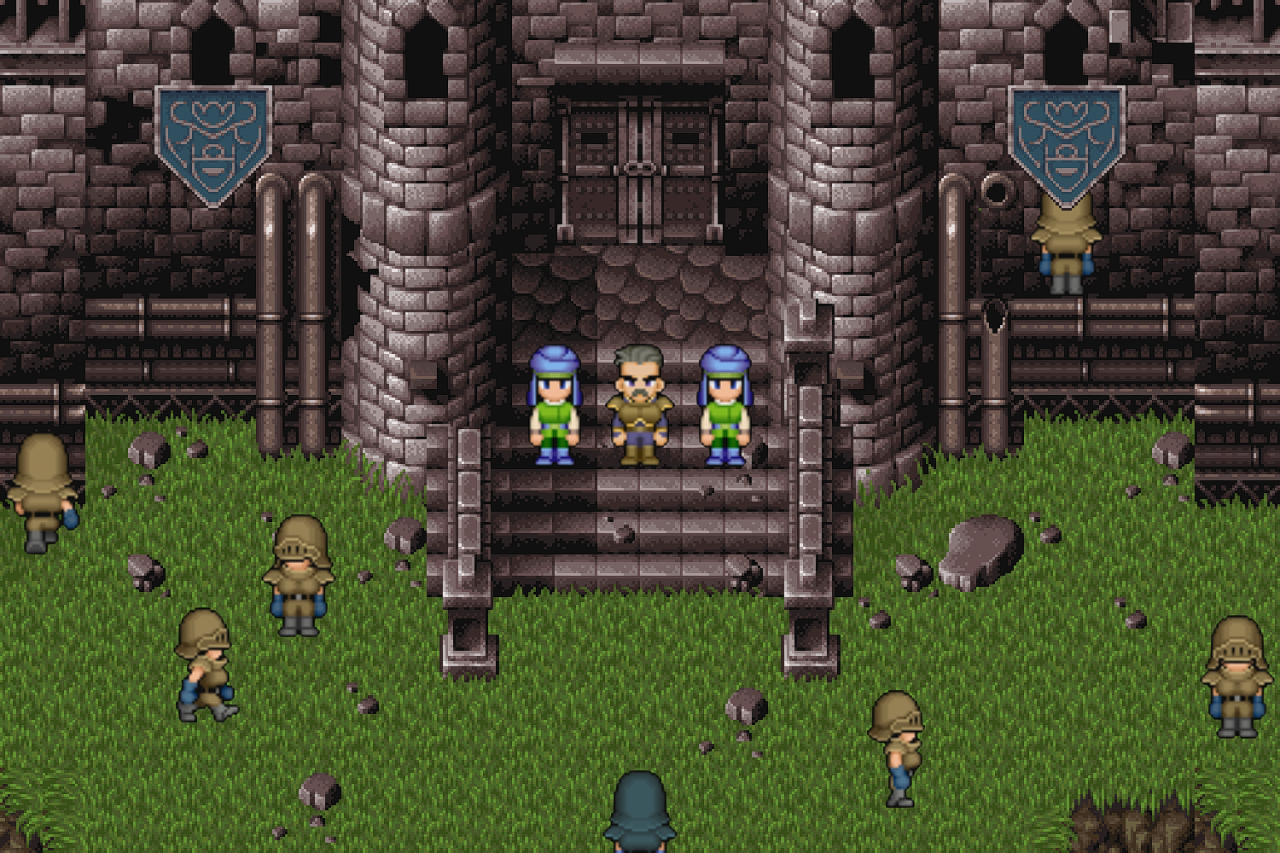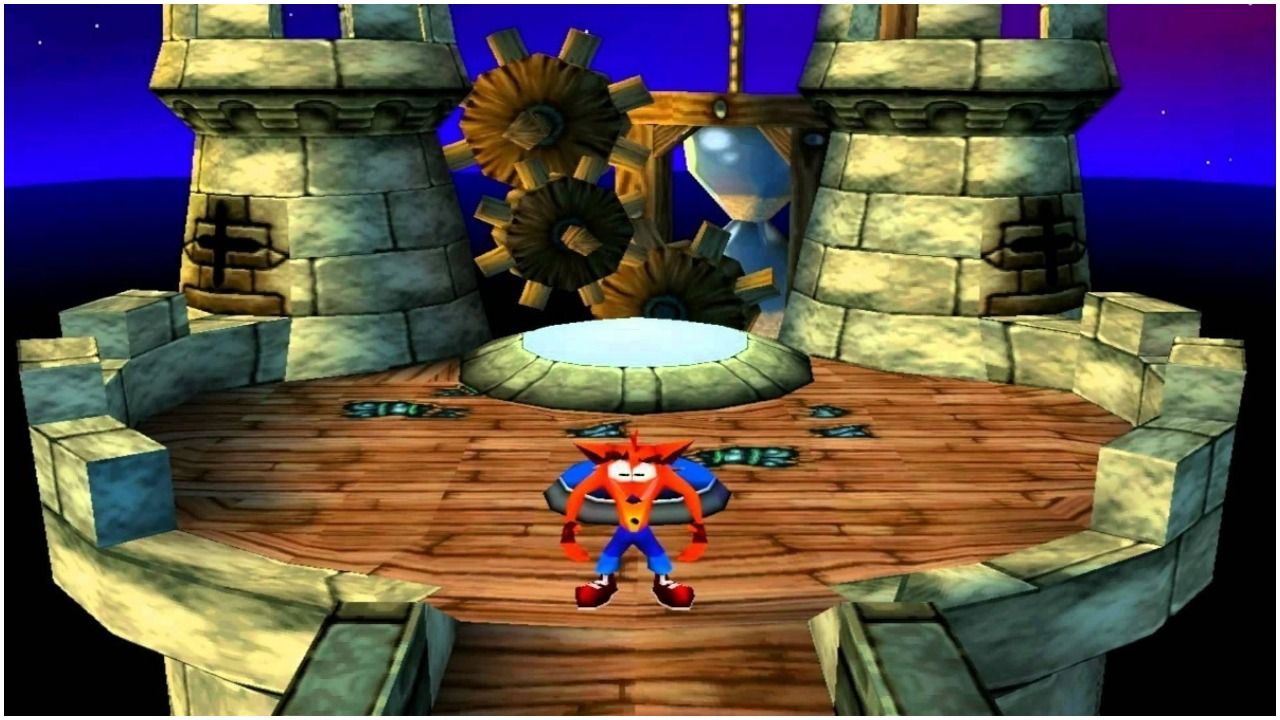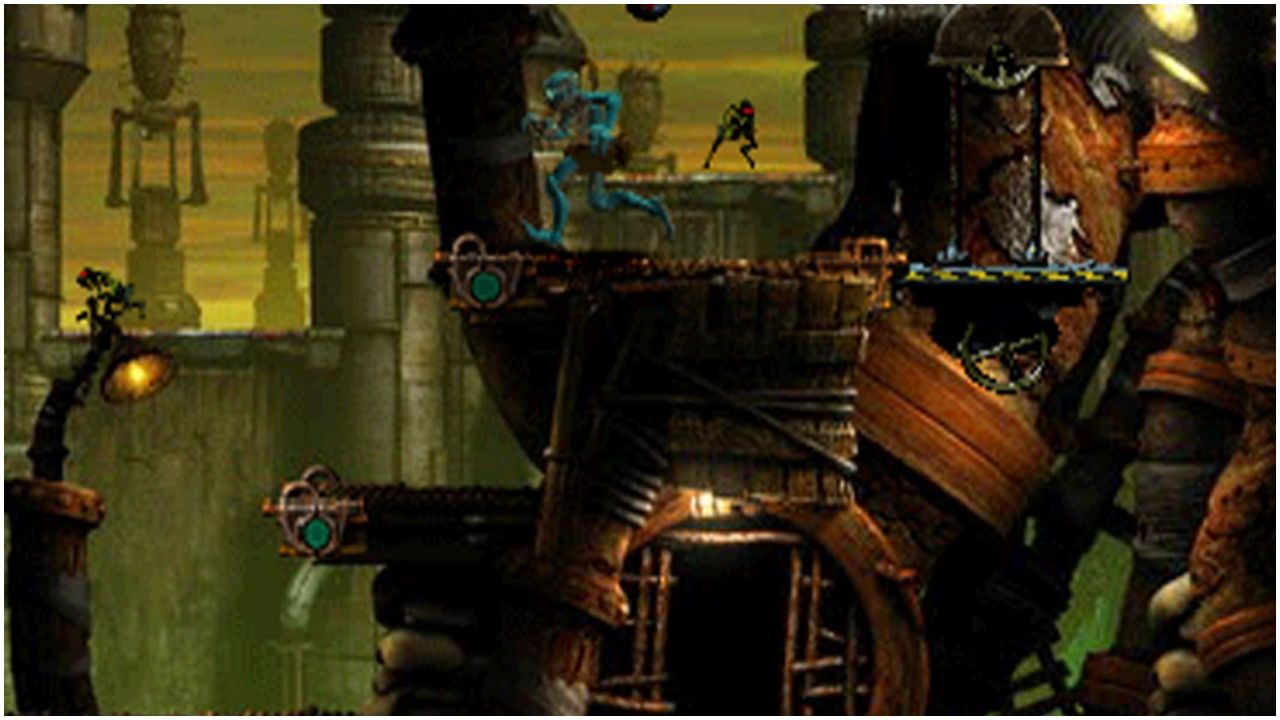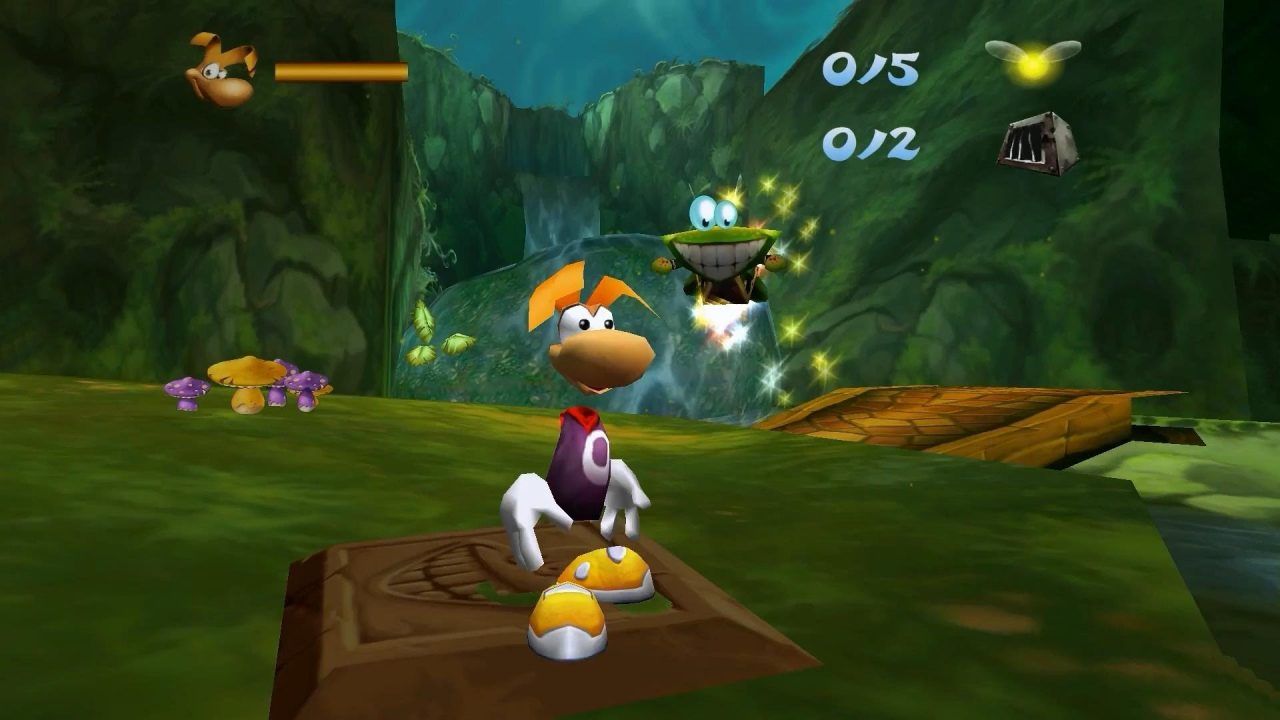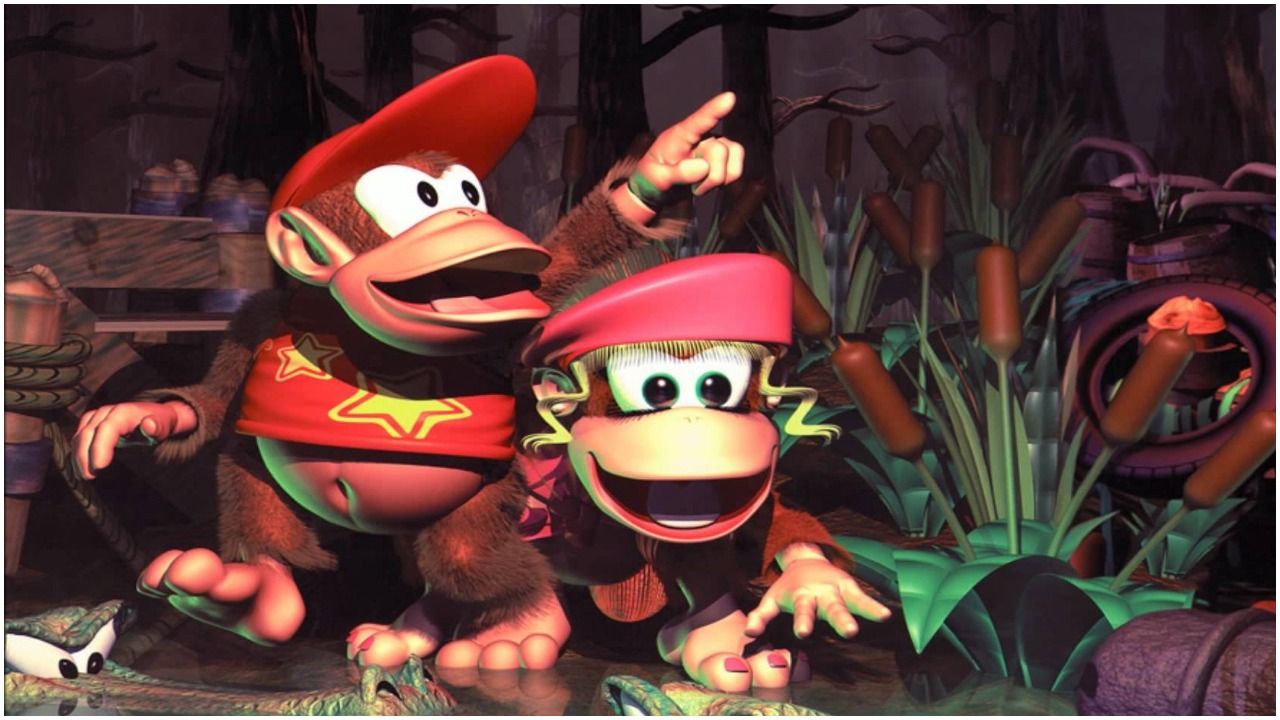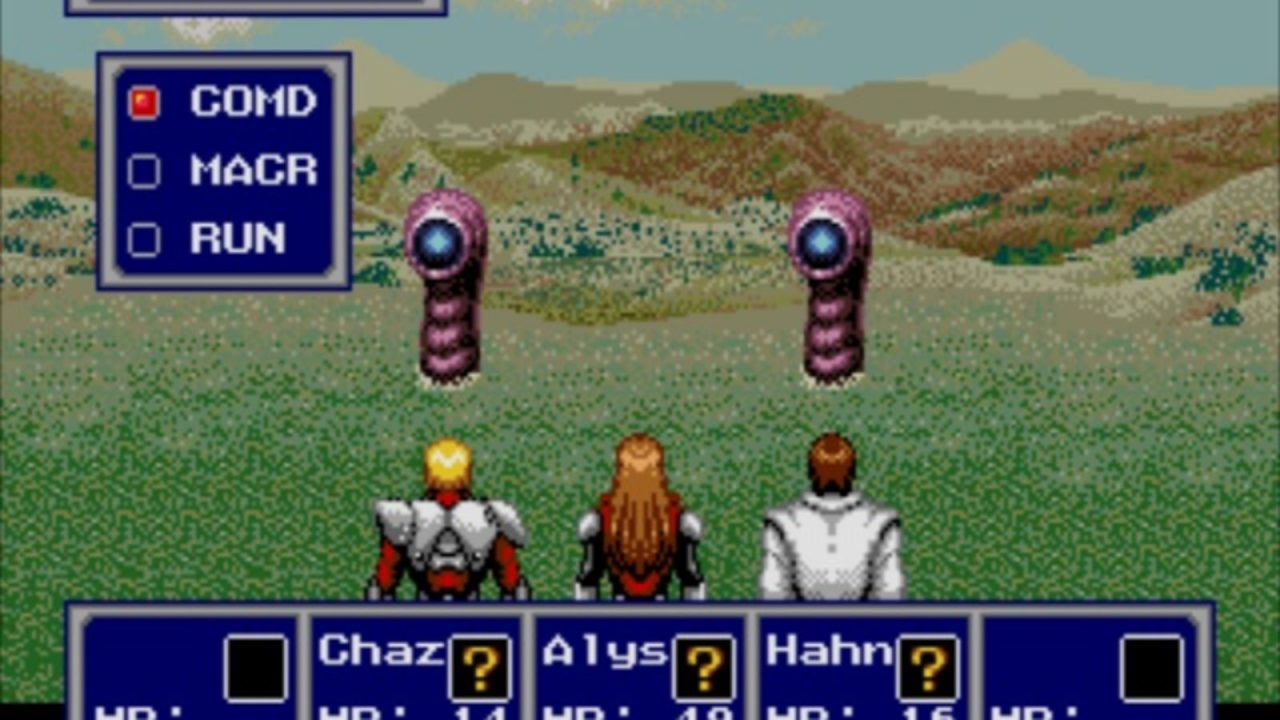Movie and video game sequels have wildly varying connotations for their respective industries. The former tend to be viewed with skepticism, but the same does not extend to the latter. In theory, both arise from a publisher seeking to profit on a critical or commercial hit. Although sequels can be disregarded as cash grabs, especially if the original project told a complete narrative, outright dismissing a successor is short-sighted.
Sure, everyone has excitedly bought a sequel to a beloved game that ends up being disappointing or downright terrible. Duke Nukem: Forever, Resident Evil 6, and Banjo Kazooie: Nuts and Bolts proved so divisive among fans and critics, their mere existence taints the license's overall reputation. Devil May Cry 2 is another example of a sequel devoid of nearly any of its predecessor's charm.
Some flops notwithstanding, video game sequels tend to still be greeted with excitement. Perhaps there is the perception gaming developers cannot as readily piece together a swift commercially-driven followup like, for example, Hollywood. A certain degree of effort must be afforded for a game to exist. At worst, a sequel should at least recapture the entertaining gameplay of its predecessor, even if an improvement needs to be perceived to justify future entries. Over the years, countless successors have eclipsed the original by either fine-tuning the mechanics or pushing the franchise towards a fresh and exciting direction. With the shift to 3D gaming, the '90s literally added a new dimension to many video game series!
Here are 20 90s console game sequels better than the originals!
20 Street Fighter II
Published in 1987, Street Fighter is very much an arcade game and an important one in the grand scheme of things. Capcom created a spectacle fighter, one capable of amassing an audience at the local arcade. While solid for its era, Street Fighter deserves only a footnote mention in the franchise's legacy. Street Fighter II is the definitive fighting game. This point is not even disputable.
Rolled out to arcades in 1991 before earning a SNES port the following year, Street Fighter II won awards for its outstanding visuals, direction, and soundtrack. Expanding the roster to include eight playable characters, many of whom proved popular enough to warrant appearances in each subsequent sequel, Street Fighter II set the standard for fighting games and remains the most prominent addition to the genre.
19 Resident Evil 2
1996's Resident Evil's development primarily consisted of Shinji Mikami working around the limitations of the PlayStation 1. The end result was a horror masterpiece inspired by earlier cult hits such as 1989's Sweet Home. Resident Evil proved horror had the potential to be commercially viable in the gaming industry, with the franchise becoming Capcom's best-selling license. An argument could be made Resident Evil went from strength to strength up until 2005's influential fourth entry; however, Resident Evil 2 tends to be regarded as the franchise's highest point.
Trading a mansion for an apocalyptic city and police station, Resident Evil 2 builds upon the solid foundation established by its predecessor. The sequel emits a certain confident air stemming from Mikami and Capcom becoming familiar with the genre and the console's technology.
18 Adventures Of Lolo 3
Responsible for a myriad of Nintendo games dating back to the Famicom, HAL Laboratory stands among the industry's best developers. Primarily known for Super Smash Bros. and Kirby, the studio has dipped its toes into various lucrative franchises over the decades. One of HAL Laboratory's greatest creations is Adventures of Lolo, a delightful puzzle series often unfairly overlooked in discussions partaking to the NES' top games.
Along with ramping up the difficulty and adding an explorable map, Adventures of Lolo 3 is basically a perfected and longer version of the already great previous entries. Fans of puzzle games owe it to themselves to pick up the entire Eggerland series. If that is not an option, Adventures of Lolo 3 should be prioritized above the rest.
17 Pokémon Gold/Silver
Pokémon Red, Green, and Blue condense a full JRPG experience into a tiny handheld cartridge. Packed with 150 adorable (or frightening) monsters to catch and dozens of hours of gameplay, Game Freak's 1996 massive hit established an institution that continues to stand tall to this very day. Spawning a neverending anime and various spin-off series, Pokémon transcends gaming while never neglecting its roots.
Benefitting from the Game Boy Color's enhanced processing power, Pokémon Gold and Silver blew their forefathers out of the water despite many of their advances being relatively small scale. The internal clock system injects a touch of planning absent in the original, while the gameplay also marks an improvement. It may be unfair to compare the visuals, but Pokémon Gold and Silver leaps off the screen in a way its predecessors never could.
16 Sonic The Hedgehog 3 & Knuckles
Technically, Sonic the Hedgehog 3 & Knuckles is two games in one, although the intention was always for Sonic the Hedgehog 3 and Sonic & Knuckles to exist as a single entity. Published in 1994, Sonic's third numbered entry superseded a slew of highly rated adventures that allowed Sega to compete directly against Nintendo. Sonic the Hedgehog 3 is simultaneously the franchise's magnum opus and the beginning of the end.
1994's sequel boasts superior stages, expertly crafted levels, and a couple of cool new power-ups. The addition of a save system is also a point in Sonic the Hedgehog 3's favor. Conversely, Sega's sequel is nearly completely devoid of innovation and seldom attempts to step away from the standard formula established by its predecessors. Sonic the Hedgehog began to seem like a one-trick hedgehog.
15 Suikoden II
Suikoden is a fine enough JRPG with a decent story, a huge cast list, and horribly outdated mechanics. That's not meant to be taken as a slight against Konami's - for the time - ambitious project, but newcomers should consider skipping ahead to 1998's sequel. Alongside the original's traditional turn-based combat employed during regular fights, Suikoden II implements a grid-based tactical battle system for massive battles that reflect a sense of epicness displayed by the story. Suikoden II's plot moves at a slower pace than its predecessor, although that has more to do with Suikoden's frantic pacing than anything else.
With the exception of the fourth entry, Suikoden has rarely dropped the ball too egregiously. Out of all the five games, Suikoden II is the one most often cited for being the best. An honor well earned.
14 Super Metroid
Eight years and a console generation separate Metroid from Super Metroid; consequently, the sequel arrived with high expectations. Weirdly opting to publish Metroid II: Return of Samus as a Game Boy exclusive, console players had to wait quite a while to get their chance to control Samus Aran in a brand new adventure. Although Nintendo dallied too long in the Super NES's lifespan to grant the sequel a fighting chance to land among the console's top-selling releases, Super Metroid was worth the wait.
Hailed as a crowning achievement in level design and one of the industry's definitive 2D side-scrollers, Super Metroid is an expansive adventure laden with hidden avenues worth exploring. The auto-mapping feature alone places 1994's sequel above Metroid, but this addition is far from the only noteworthy improvement.
13 Twisted Metal 2
Twisted Metal has a convincing case for being the definitive vehicular combat series. Considering 1995's original proved popular enough to spawn seven direct sequels and two spin-offs, SingleTrac clearly did something right. Twisted Metal might have set the pace but the game feels incredibly dated in this day and age. Now, in all fairness, 24 years have passed since Twisted Metal's release, so it is unreasonable to expect such an old game to compare favorably to modern titles. As a counterpoint, we present Twisted Metal 2.
Released just a year after the original, Twisted Metal 2 spreads the chaos to the entire world rather than a single city. Due to the far more responsive controls, the gameplay is considerably less frustrating than its predecessor. Pairing up voice acting with comic book cutscenes also suited the game's tone more than Twisted Metal's live-action segments.
12 Tekken 3
Positively received at the time, Tekken has not aged seamlessly. The blocky visuals looked ugly back in the mid-90s and time has done Namco's fighter no favors. The original's brightest spot happened to be the fun combat, which differentiated itself from the competition by assigning individual buttons to a character's four limbs. Although the fighting aspect remains a ton of fun, Tekken is too bare bones to stand alongside its immediate two sequels.
Tekken 3 is simply one of the greatest fighting games of all time. Expanding the roster to 23 playable characters, Namco forged a thoroughly satisfying experience packed with various modes and a ton of unlockables. With the addition of grabs and takedowns, the combat is also insanely robust. Tekken 3 feels like a proper console title rather than a ported arcade fighter.
11 Ace Combat 3: Electrosphere
Bandai Namco's 1995 combat flight simulator's most novel component is the fact its the only entry in the series called Air Combat rather than the far catchier Ace Combat. Unlike the subsequent releases, Air Combat feels closer to an arcade experience than a realistic flight simulator. With the exception of 2014's free-to-play Ace Combat Infinity, 1995's original ranks as the least essential entry in the series.
Ace Combat 2 deserves a special mention for steering the series towards combat flight simulation and smoothing out Air Combat's graphical blemishes. Ace Combat 3: Electrosphere suffers from a terrible localizations that guts the campaign by removing branching paints and cutscenes, which is a shame since the Japanese version is a must-play for fans of flight simulators. Truthfully, Ace Combat really found its strides after the turn of the century.
10 Star Fox 64
None of Fox McCloud's subsequent adventures hold a candle to 1993's Star Fox and 1997's Star Fox 64. Released for the SNES, the rail shooter pushed the console beyond its limits to forge a stunning masterpiece. In terms of gameplay, Star Fox feels like a product of its time, but the full polygon design captures a sense of wonder typically reserved for the likes of Star Wars. Star Fox is an impressive game with or without context.
Incorporating voice acting and maintain a steady framerate, Star Fox 64 adds a layer of polish to its predecessor. While Nintendo still produced an on-rails shooter, the improved controls and branching paths granted an illusion of freedom. Both games have aged quite well, but Star Fox 64 benefits from being on a more powerful console.
9 Metal Gear Solid
It almost feels wrong to describe 1998's stealth game as a sequel. Metal Gear Solid exists in a completely different stratosphere to Metal Gear or Metal Gear 2: Solid Snake, which are fantastic games in their own right. They simply are not Metal Gear Solid. Once in a long while, a title comes out that prompts critics to dish out phrases like "best game ever" or "industry defining." Such terms should be taken with a grain of salt; however, Metal Gear Solid lives up to the hype.
Switching from 2D to 3D, Metal Gear Solid essentially popularized the stealth genre and challenged the inaccurate notion of gaming not being suitable for complex storytelling. Metal Gear Solid is a masterpiece from start to finish, a sequel that completely overshadows the franchise's preceding entries.
8 Spyro 2: Ripto's Rage
There is no such thing as the best Spyro. Obviously, every game following Insomniac Games' PlayStation trilogy is competing in a battle royale to determine the worst of the worst. After playing through a few, the bad entries begin to blend into each other, which is not a problem faced by the original trilogy. Spyro the Dragon, Ripto's Rage, and Year of the Dragon all contain a few distinguishing elements while sustaining a consistent level of quality. Year of the Dragon is a personal favorite, but Ripto's Rage is a close second.
Published two months prior to the end of the decade, Spyro: Ripto's Rage enhances the original's already endearing gameplay with the inclusion of mini-games and some much-needed mission variety. Insomniac Games' sequel also features boss fights that are not plainly simplistic, which is a nice change of pace from Spyro the Dragon.
7 Mario Kart 64
When it comes to Mario Kart, the general consensus seems to promote the post-2000 entries as the best of the bunch. While it is hard to argue against Mario Kart 8 and Mario Kart: Double Dash, 1992's Super Mario Kart has nothing to be ashamed of. As far as kart racers on the SNES go, Super Mario Kart towers over the competition. Few genres benefitted from the move to 3D quite as significantly as racing games, and Nintendo's popular spin-off series was far from an exception.
Mario Kart 64 is not perfect. The racer invented the term "rubber band" AI and 2D sprites appear out of place on the 3D tracks. Despite its numerous flaws, Mario Kart 64 serves as a serviceable stopgap between the decent but barebones Super Mario Kart and the superior sequels.
6 Final Fantasy VI
Yes, we are aware Final Fantasy VII is also a ‘90s sequel. 1997’s JRPG is arguably the franchise’s most influential project, particularly when it comes to the Western market; however, this article is concerned solely with quality. Cultural impact holds no weight in this corner of the internet! Final Fantasy VI is as close to a flawless experience as likely to ever be produced by Square (Enix).
Combining gameplay elements from the also excellent albeit uneven previous two games with a thoroughly engaging narrative driven by (comfortably) the franchise’s greatest villain, Final Fantasy VI looks and plays beautifully. After all these years, the sequel still holds up incredibly well and merits a yearly playthrough. Now, in all fairness, every numbered Final Fantasy published during the 90s is superior to 1987’s original.
5 Crash Bandicoot 3: Warped
Naughty Dog has made a career of outdoing itself. Uncharted 3: Drake's Deception tends to be regarded as a step back following the fantastic second entry, while the Jak series is arguably the studio's most consistent trilogy, in terms of quality. Crash Bandicoot started out as a tough as nails platformer with gorgeous visuals and tight albeit derivative gameplay. Crash Bandicoot 2: Cortex Strikes Back refines the core mechanics while adding variety to the environments and removing the difficulty spikes prevalent in its predecessor.
Crash Bandicoot: Warped throws everything and the kitchen sink at the wall to see what sticks. Somehow, Naughty Dog's platformer works despite relying more on gimmicks than improving the basic platforming gameplay. It is bigger and better than anything that came before.
4 Oddworld: Abe's Exoddus
Oddworld: Abe's Oddysee is a tough act to follow. Lorne Lanning's grim platformer subverts genre tropes by centering around a fragile protagonist incapable of surviving any physical harm. Abe must solve puzzles and stealthily slip by Mulluck the Glukkon's goons while attempting to rescue the Mudokon before they are turned into meat. While direct confrontations are not an option, Abe has the ability to telepathically seize control of Mudokons or specific enemies to complete puzzles or avoid damage.
Oddworld: Abe's Exoddus serves as an example of a 'more of the same' sequel that benefits from mainly sticking to the formula. Abe's Oddysee possesses such a unique tone and gameplay, Abe's Exoddus is nevertheless one of a kind despite a lack of innovation. Developing Abe's abilities and granting emotional states to Mudokons is more than enough.
3 Rayman 2: The Great Escape
Switching from 2D to 3D is a risky move regardless of the genre, but platformers tend to have a worse time of it than most. Even after more than two decades, Sonic the Hedgehog has yet to stumble on a working formula capable of producing consistently great games. While Sega has struggled to keep up with trends, Ubisoft knocked 3D platforming out of the park on its first attempt!
While Super Mario 64 paved the way for 3D platformers, Rayman 2: The Great Escape raised the bar to unprecedented heights. Split into a series of linear levels, Rayman is tasked with rescuing Teensies and freeing the world from Globox's iron grip. Starting out with only a handful of abilities, new moves are unlocked throughout the campaign to ensure the gameplay never grows stale.
2 Donkey Kong Country 2: Diddy's Kong Quest
The 90s coincided with the release of five console Donkey Kong titles, including the first four Country games. Donkey Kong 64 saw RARE try its hands at 3D platforming, a move appreciated by critics at the time. In retrospect, Donkey Kong 64 is a messy and uninspired sequel stuffed with pointless collectibles designed solely to waste a player's time. All three preceding Donkey Kong Country games are superior.
Out of RARE's four attempts, Donkey Kong Country 2: Diddy's Kong Quest stands as the studio's crown jewel. Swapping the bulky Donkey Kong for the nimble Dixie Kong ends up being a stroke of genius, although the sequel's superior level designs may have something to do with it. The SNES and Game Boy Advance are hardly lacking in platformers, but Diddy's Kong Quest swings its way to the very top!
1 Phantasy Star IV: The End Of The Millennium
If you only have time to try one RPG from the Genesis era, Phantasy Star IV: The End of the Millennium has to be the chosen game. Although the Phantasy Star series has always been pretty decent, 1993's fourth entry offers such a drastic leap in quality over its predecessors, it is generally advised to leave the original three games for a later date. In some ways, Phantasy Star IV is the quintessential RPG featuring turn-based combat, exploration, and an overarching fantasy storyline. It also happens to execute most of these elements better than its contemporaries.
The combat has aged incredibly well. Along with the usual attack and magic options, Phantasy Star IV introduces 14 combination moves called macros to enable for some truly breathtaking encounters. Phantasy Star IV is one of the best RPGs of all time.

